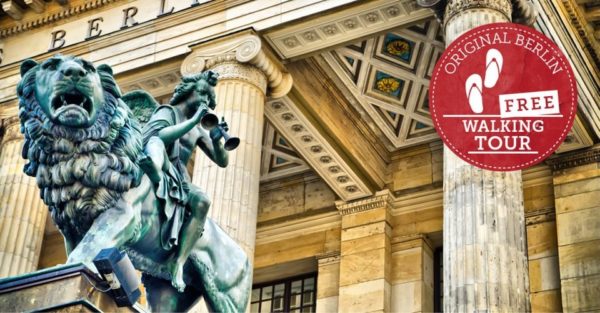Introduction
Do you know the story behind the Berlin Wall? If not, you’re in the right place. In this article, we will explore the history, significance, and impact of one of the most notable structures of the 20th century. So, let’s dive in!
History
The Berlin Wall was a physical barrier constructed by the German Democratic Republic (East Germany) that divided East and West Berlin from 1961 to 1989. Its primary purpose was to prevent East Berliners from fleeing to West Berlin, which was governed by the Federal Republic of Germany.
Following World War II, Germany was divided into four occupation zones controlled by the Allied powers: the United States, United Kingdom, France, and the Soviet Union. Berlin, located within Soviet-controlled East Germany, was also divided into four sectors.
However, tensions between the Soviet Union and the three other Allied powers grew, leading to the onset of the Cold War. In 1949, West Germany was established, and its capital, Bonn, became the Federal Republic. Meanwhile, East Germany, with East Berlin as its capital, remained under Soviet control.
As tensions escalated, more than 2.5 million East Germans fled to the West via West Berlin, taking advantage of the open border that existed until 1961. This mass exodus, known as the “brain drain,” was a significant blow to the East German economy and communist regime.
Construction and Structure
On August 13, 1961, the East German government began building the Berlin Wall. Initially consisting of barbed wire fences, it soon evolved into a complex system with concrete walls, guard towers, anti-vehicle trenches, and wide “death strips” cleared of vegetation to provide a clear line of sight for border guards.
The wall stretched for 155 kilometers (96 miles) across the city, separating families, friends, and communities overnight. It was not a single, continuous structure but a composition of different barriers designed to prevent unauthorized crossings.
Over the years, the wall underwent several architectural advancements, becoming increasingly fortified and difficult to breach. It eventually consisted of two parallel walls with the “death strip” between them, patrolled by armed guards, dogs, and a sophisticated system of alarms and traps.
Significance and Impact
The Berlin Wall became a symbol of the division between Western democracy and Soviet-controlled communism during the Cold War. It represented the physical manifestation of the Iron Curtain, separating the democratic West from the communist East.
The wall had a profound impact on the people of Berlin and Germany as a whole. Families were torn apart, friendships were severed, and lives were forever changed. It perpetuated a sense of fear, isolation, and oppression for those living behind it.
However, the wall also became a catalyst for resistance and peaceful protest. The desire for freedom fueled a growing discontent among East German citizens, culminating in mass demonstrations and calls for political change. Ultimately, the wall fell on November 9, 1989, leading to the reunification of Germany and marking the end of the Cold War.
Legacy
The Berlin Wall stands as a powerful reminder of the consequences of division and the triumph of the human spirit. It has become a symbol of hope, resilience, and the desire for freedom. Today, remnants of the wall can be found throughout Berlin, serving as a poignant reminder of the city’s tumultuous history.
Visiting the Berlin Wall Memorial, the East Side Gallery, or Checkpoint Charlie allows visitors to gain a deeper understanding of the significance of this once-impregnable barrier and the courage of those who fought for a united Germany.
Conclusion
The Berlin Wall serves as a testament to the human longing for freedom and the consequences of political division. Its construction and eventual fall shaped the course of history and left an indelible mark on the world.
It is essential to remember and learn from the past, as the lessons of the Berlin Wall continue to resonate in today’s increasingly interconnected world. By understanding the hardships faced by those affected, we can appreciate the value of unity, freedom, and the importance of safeguarding human rights.

